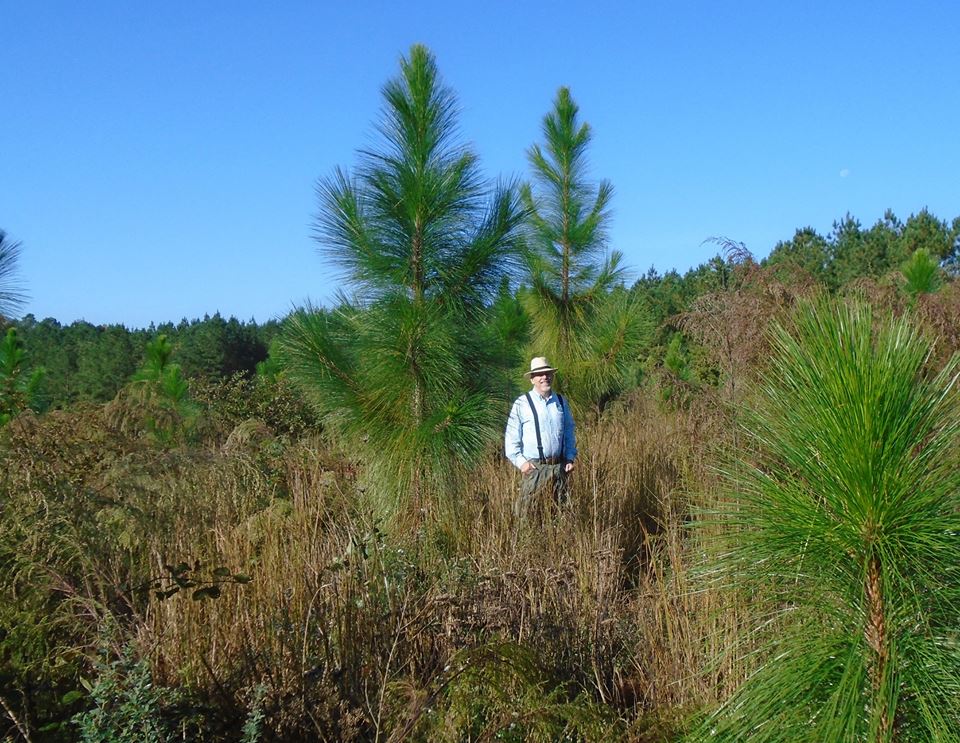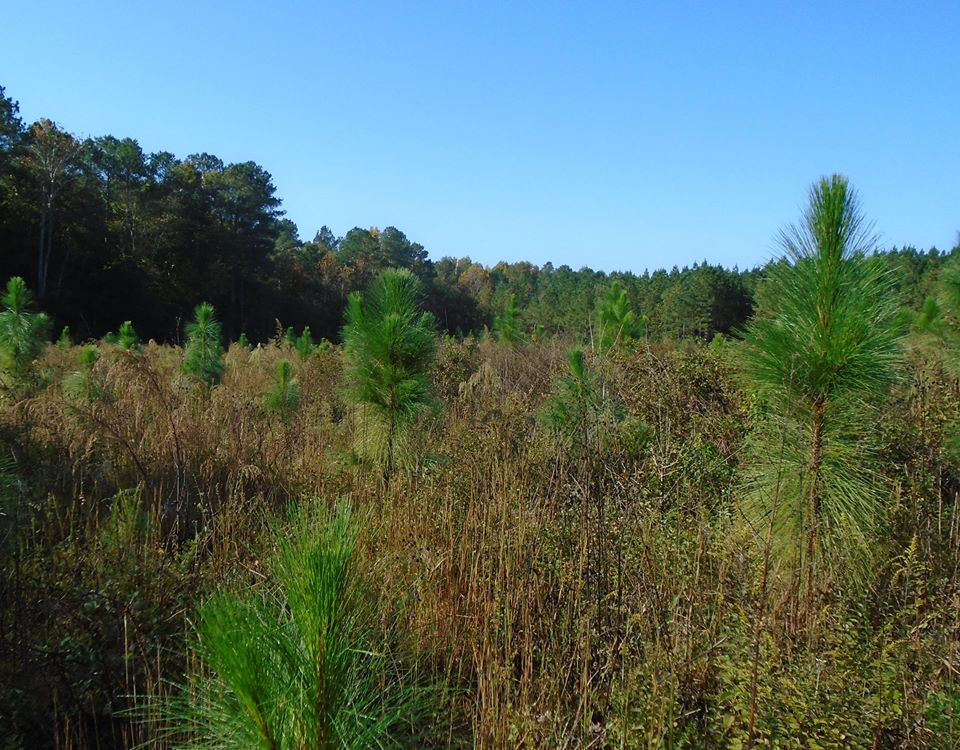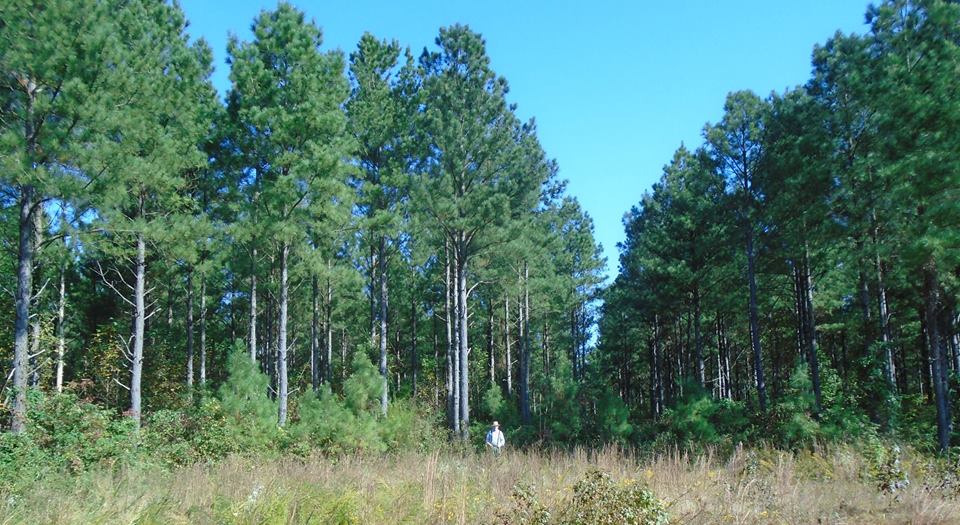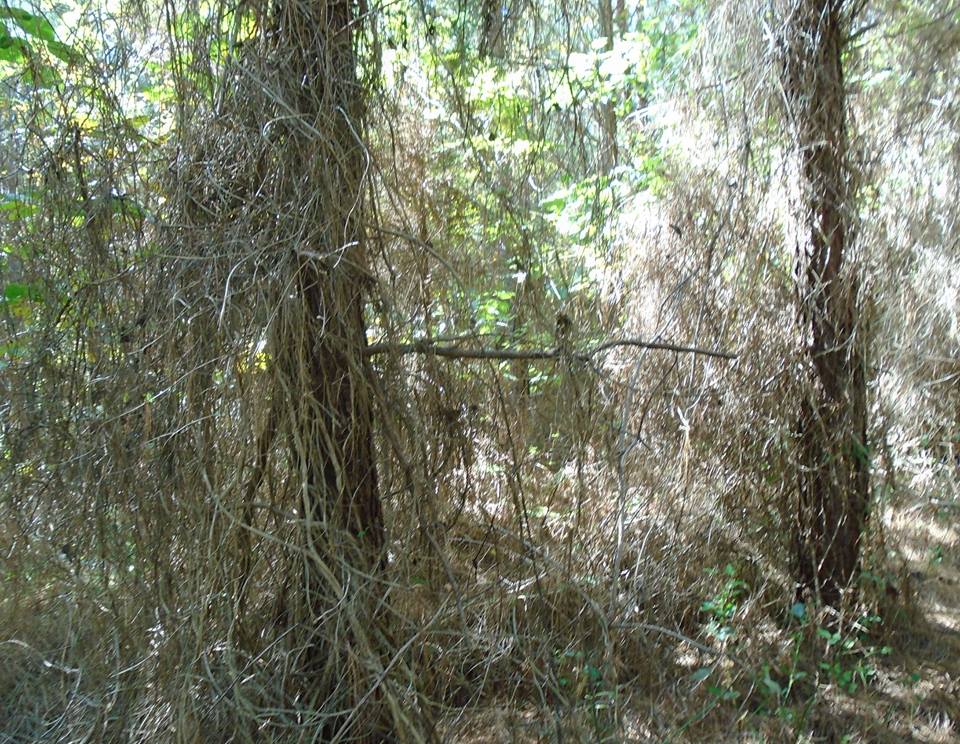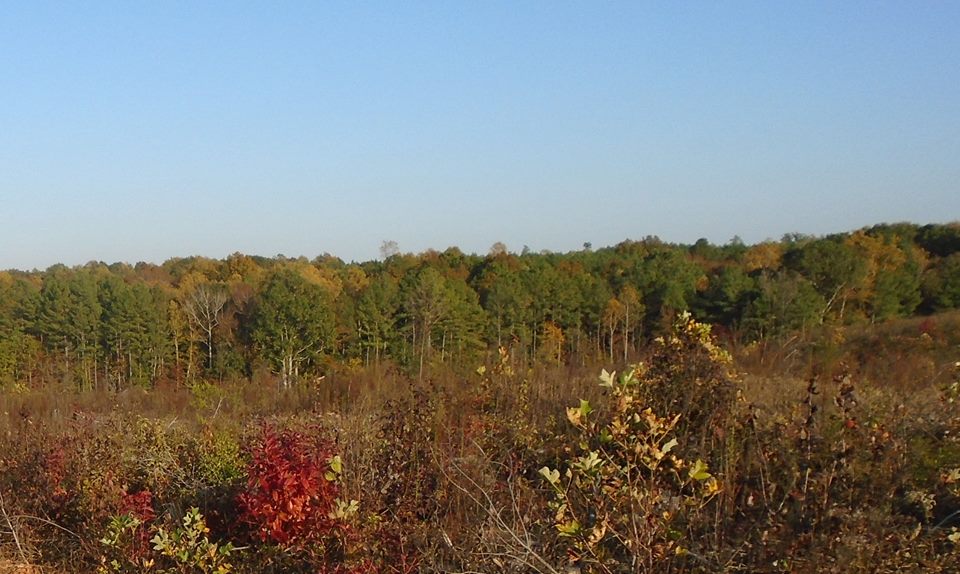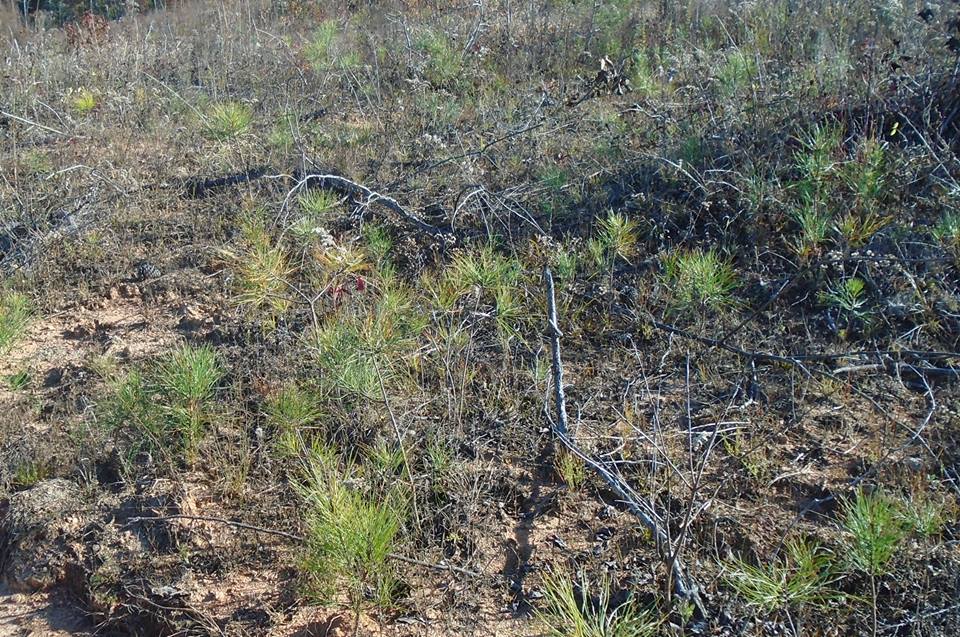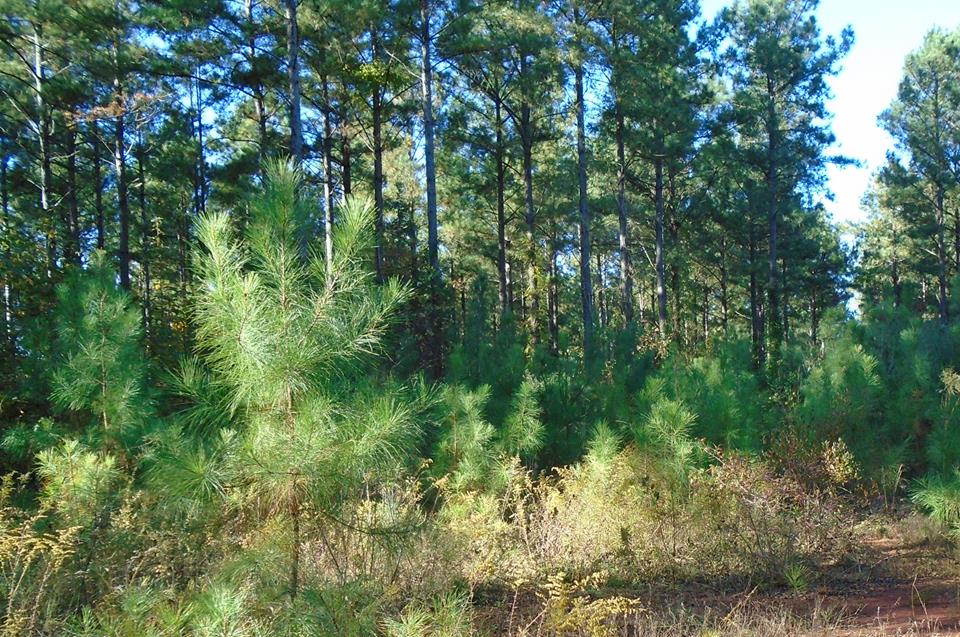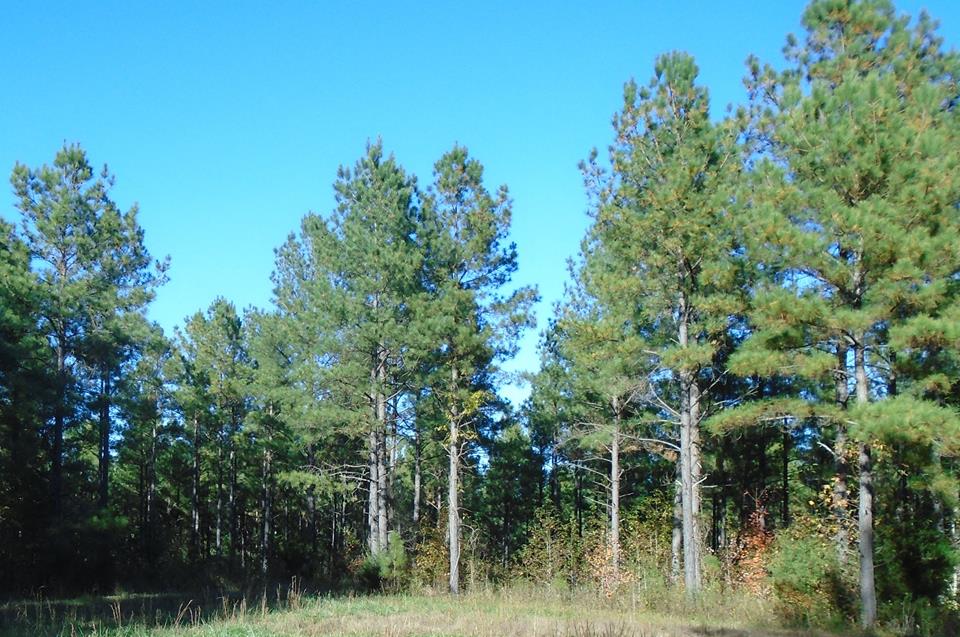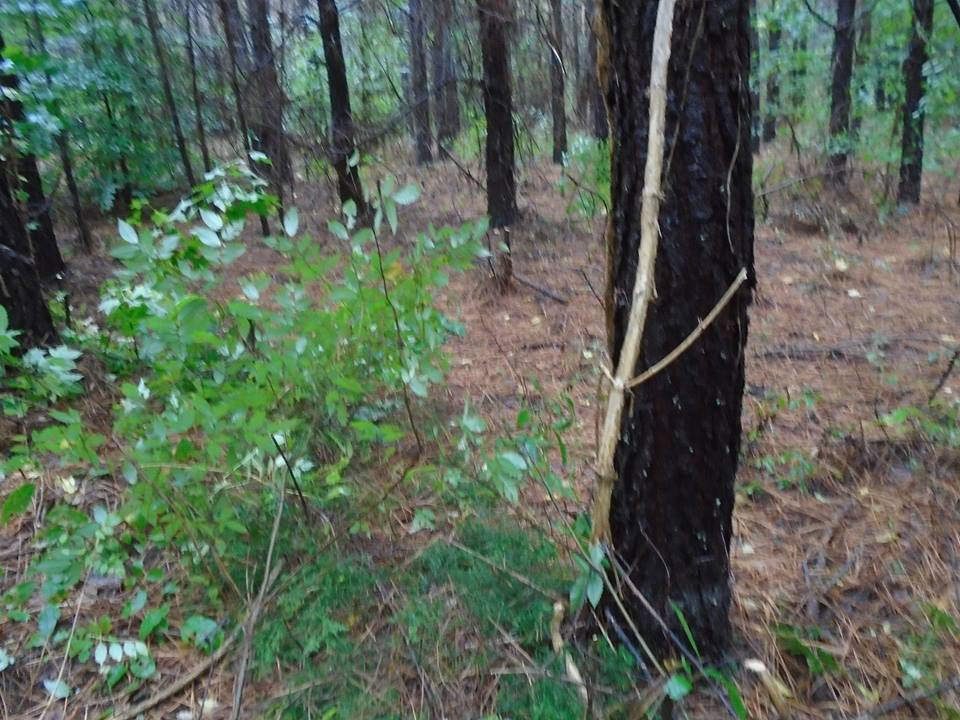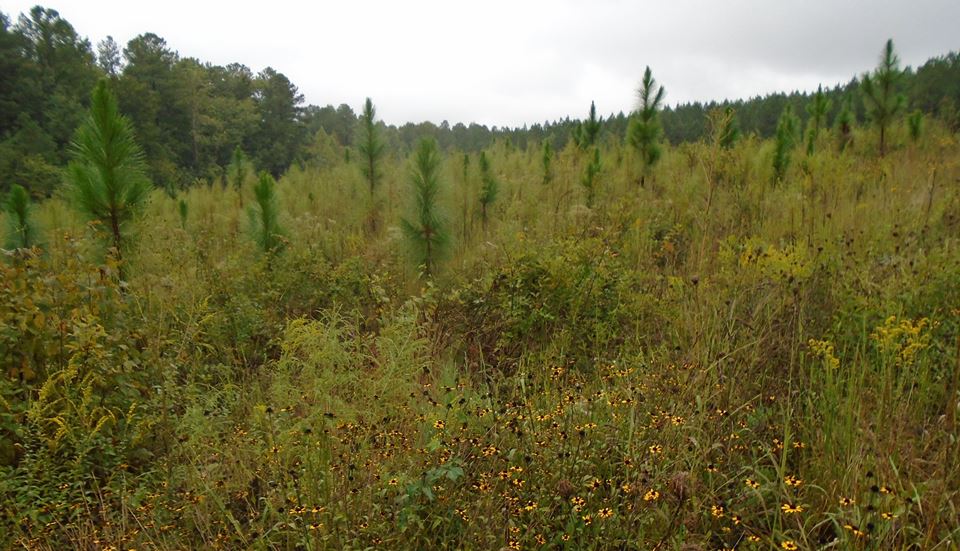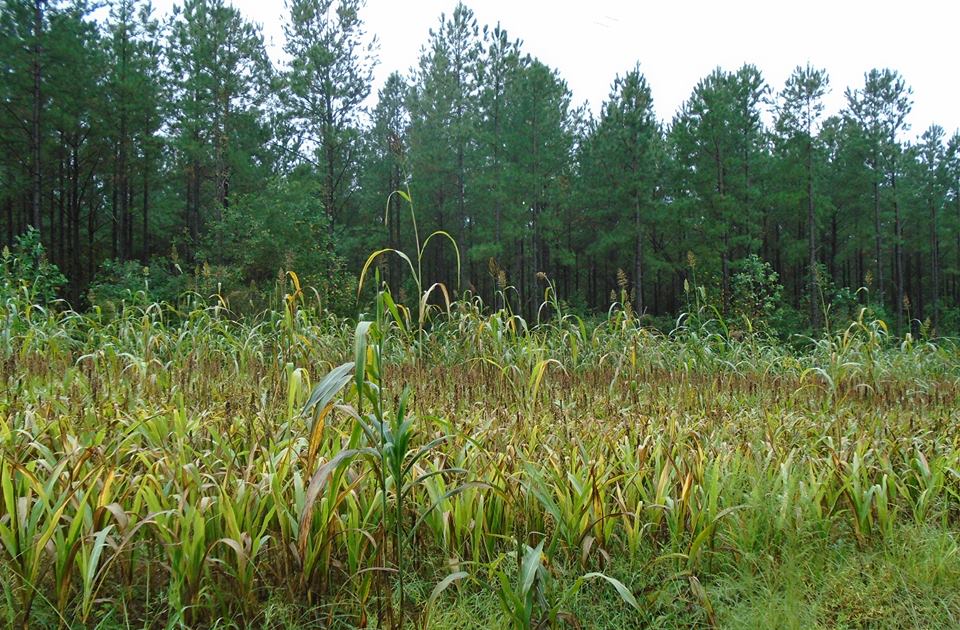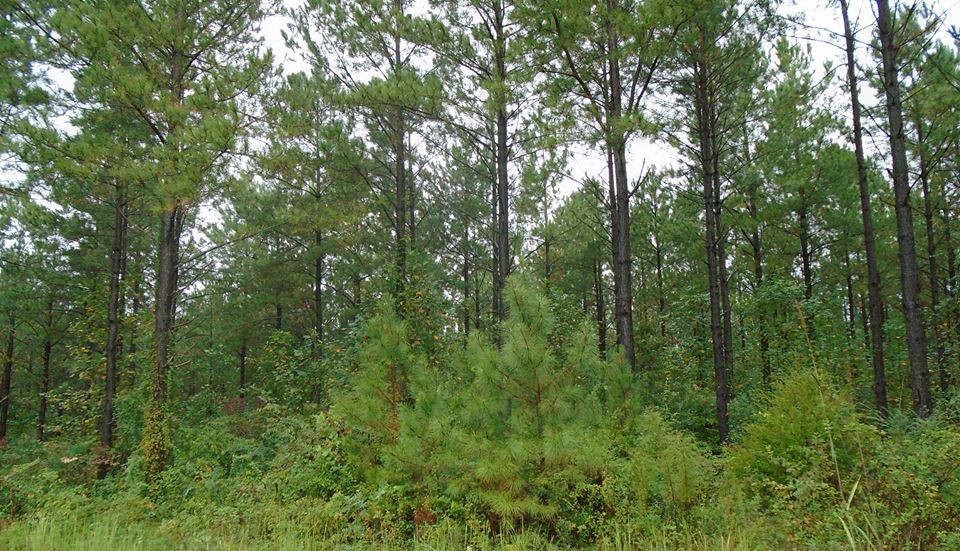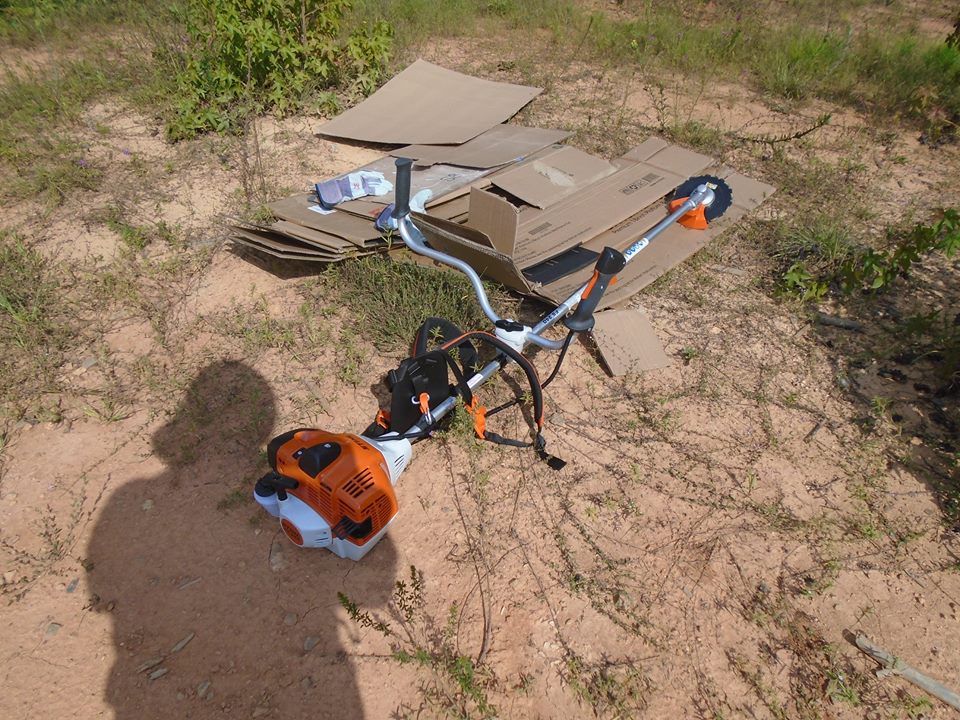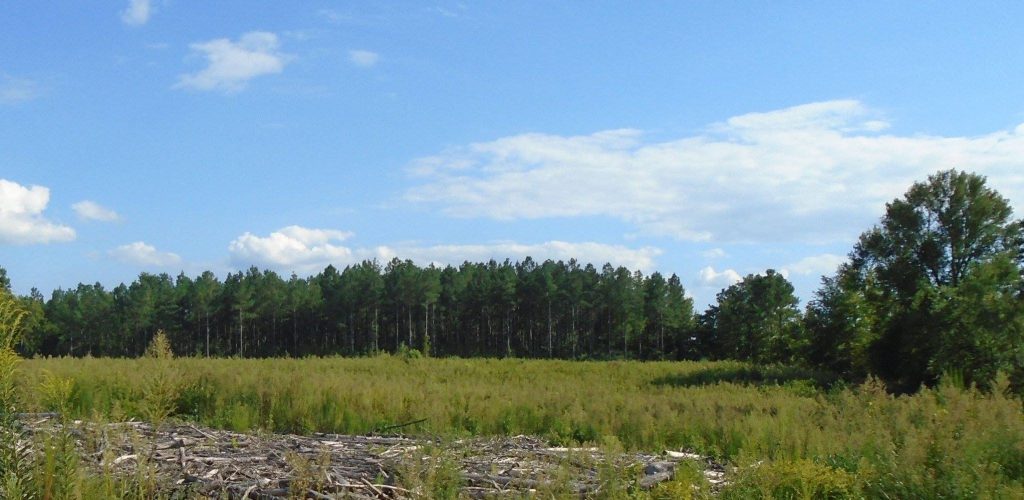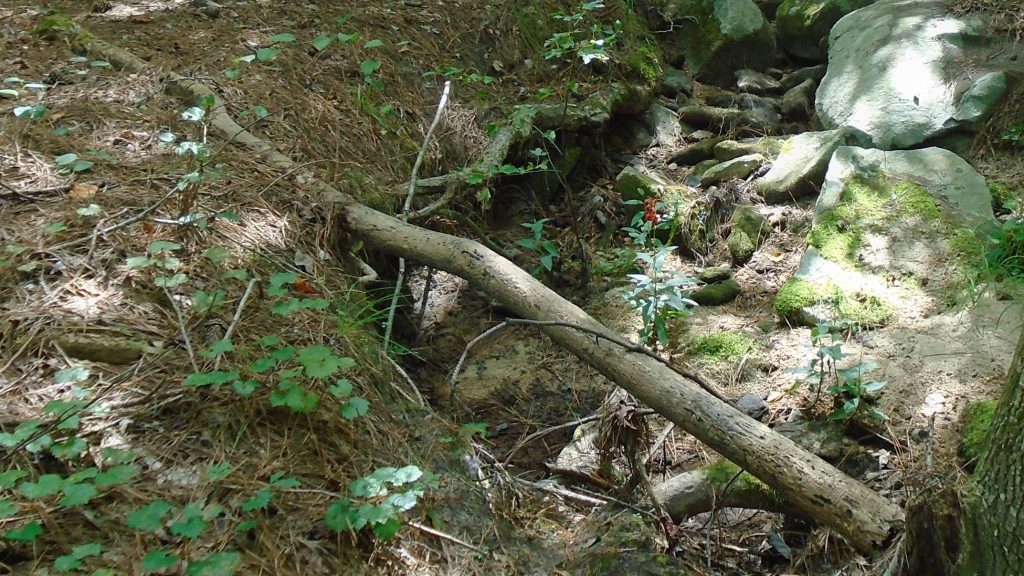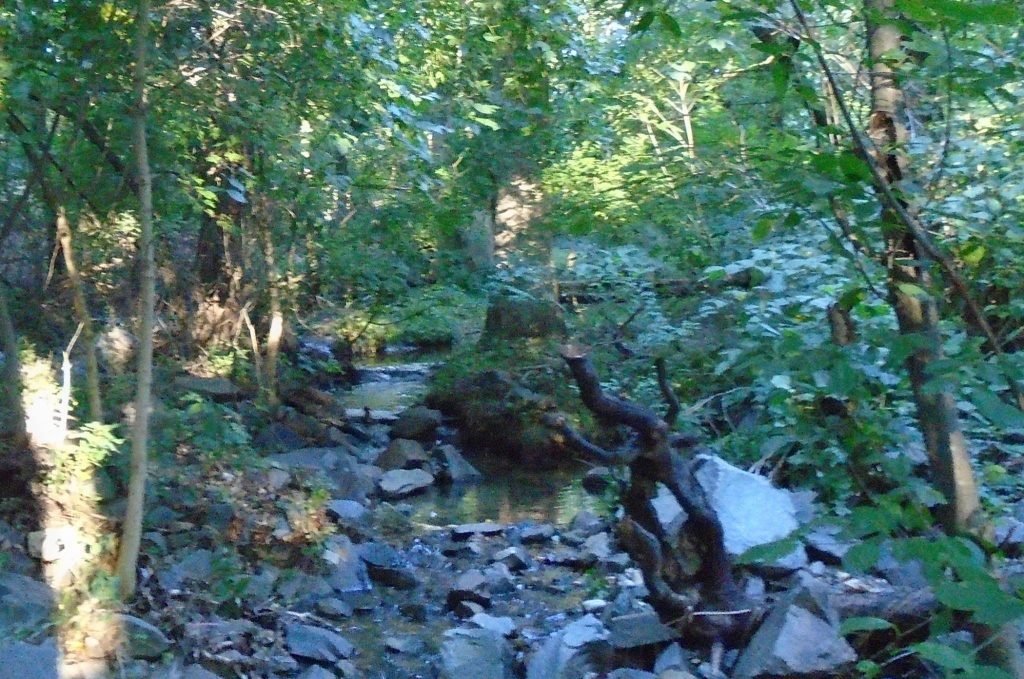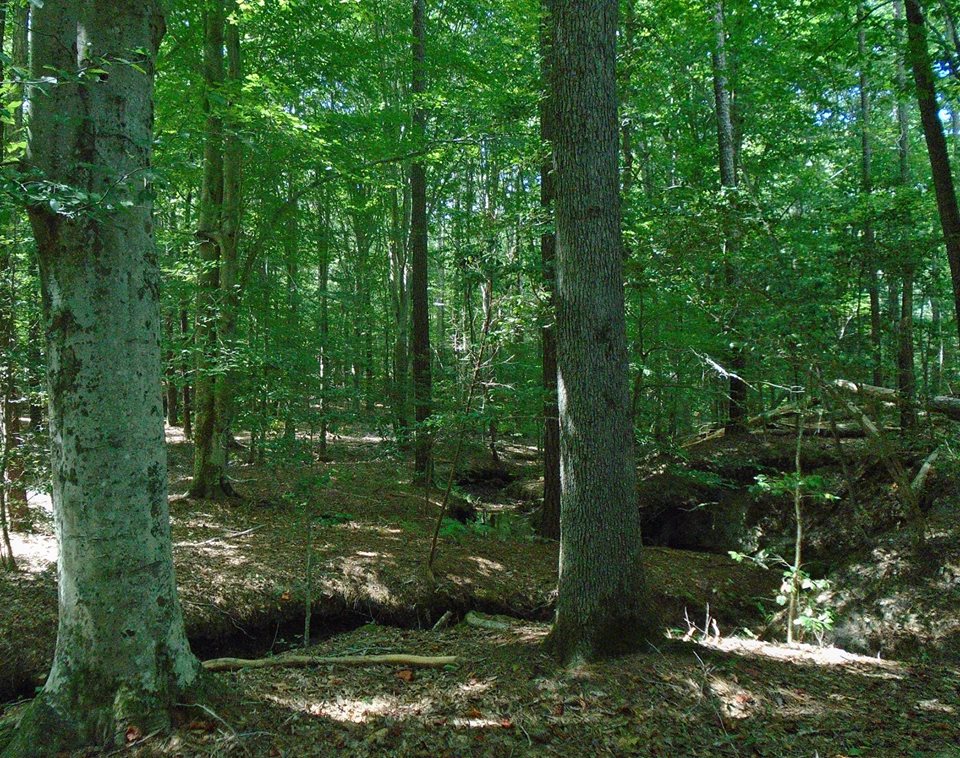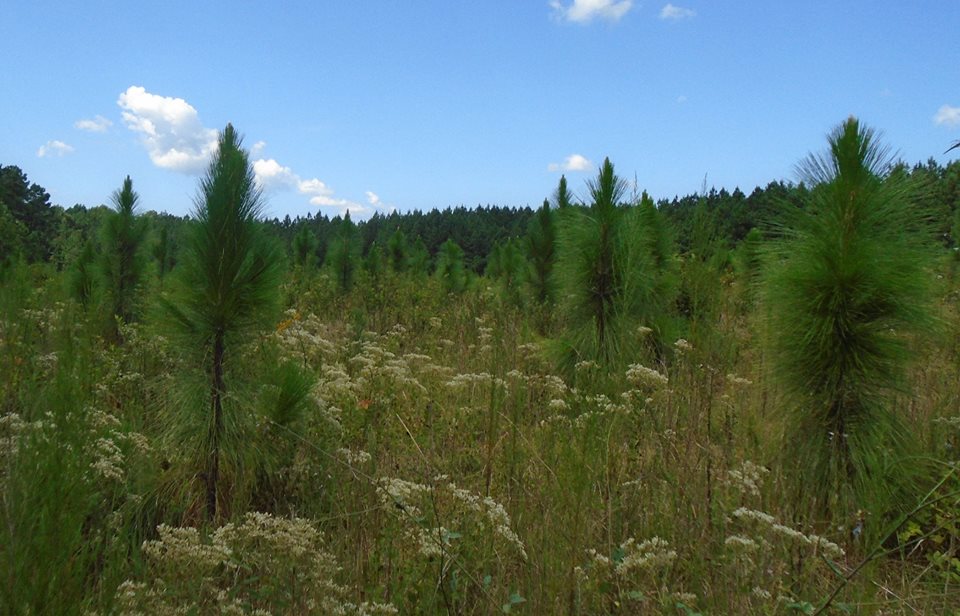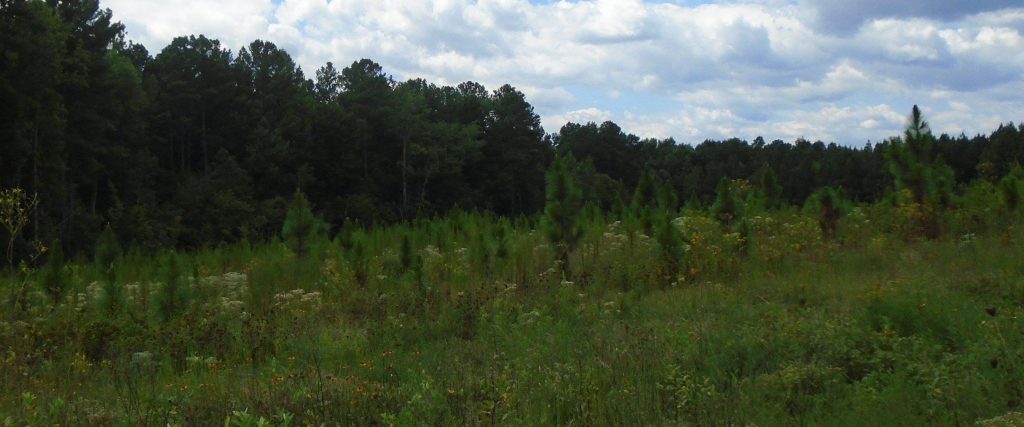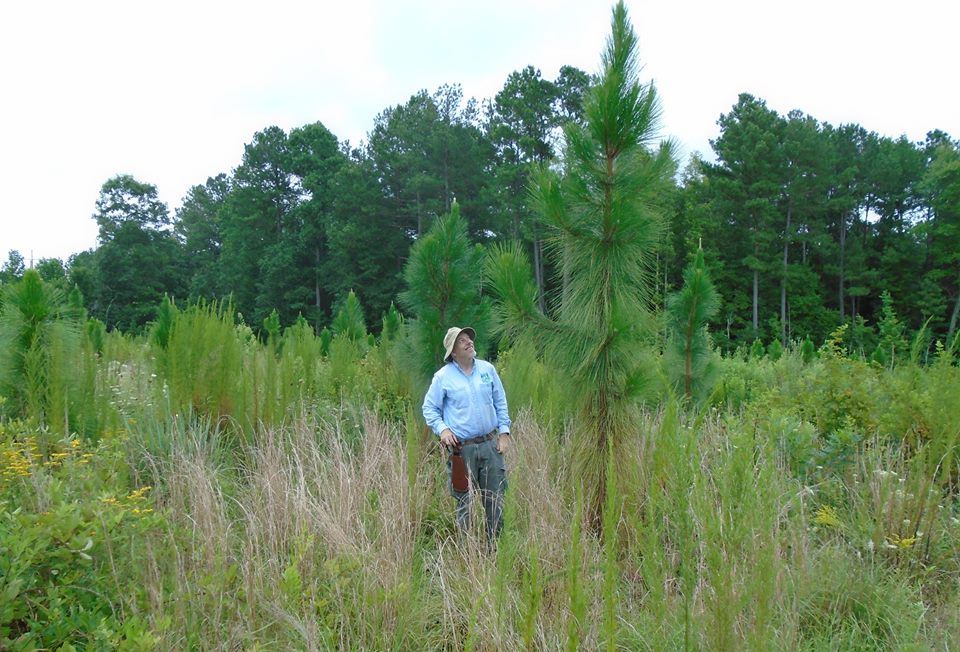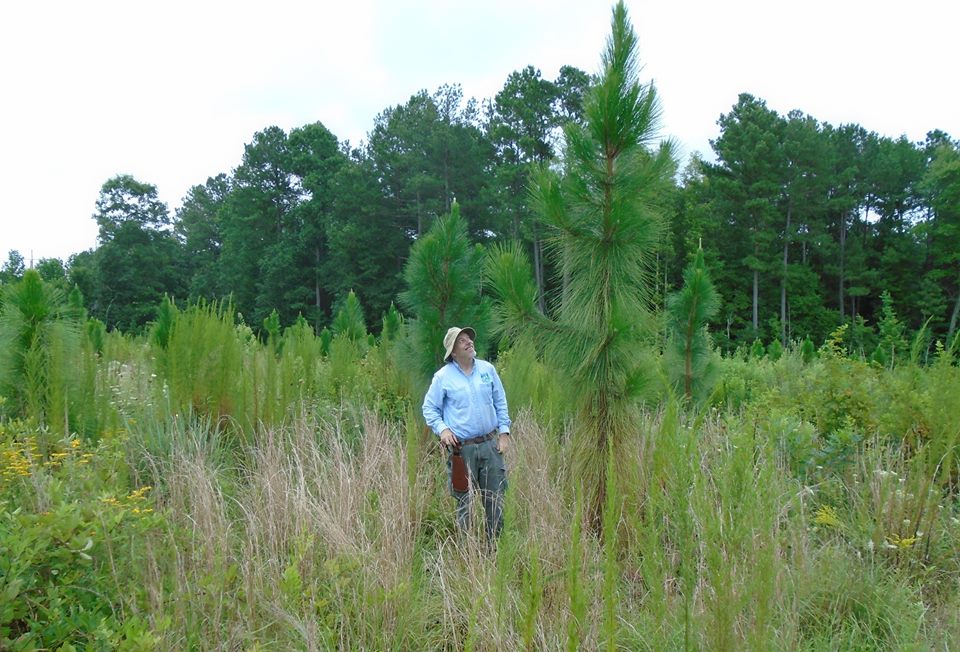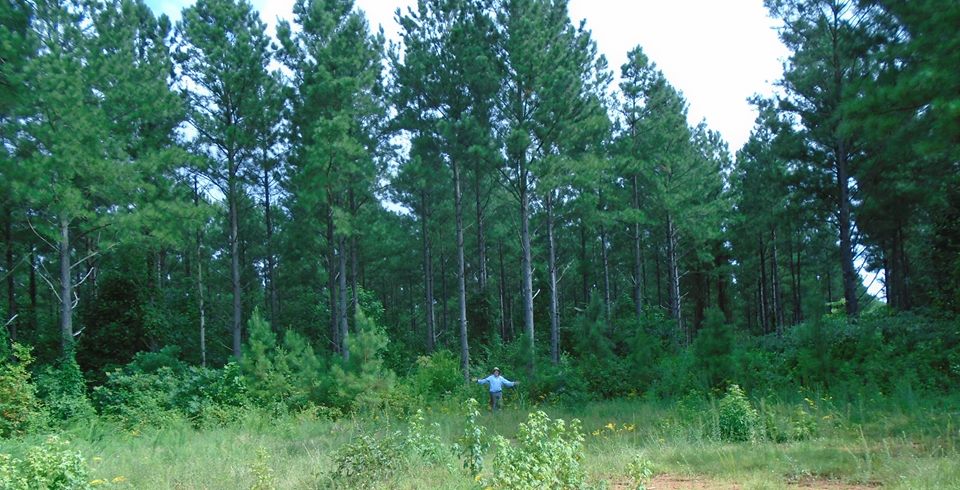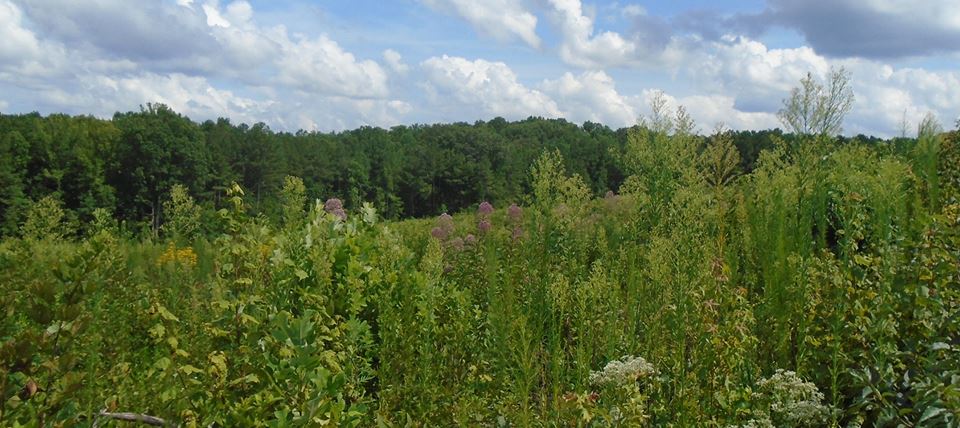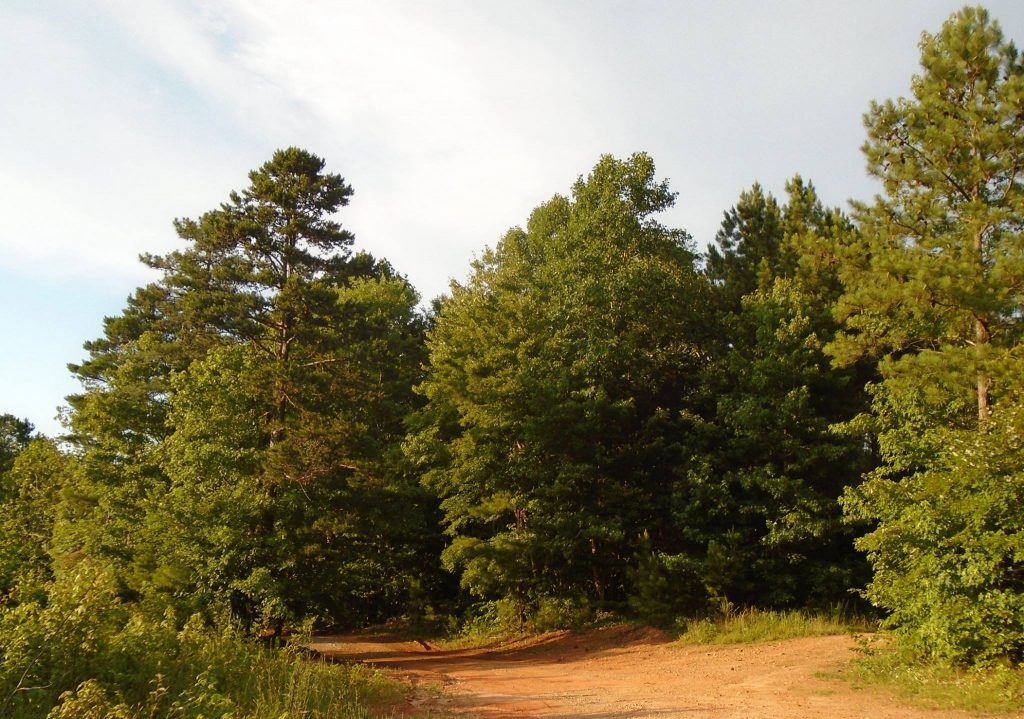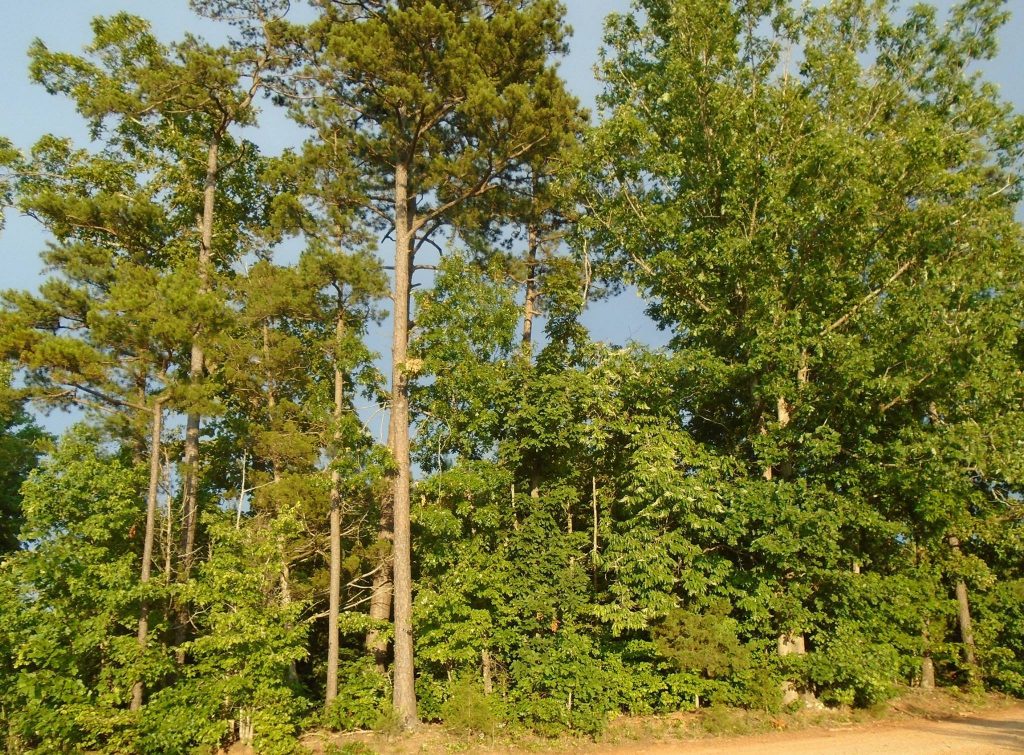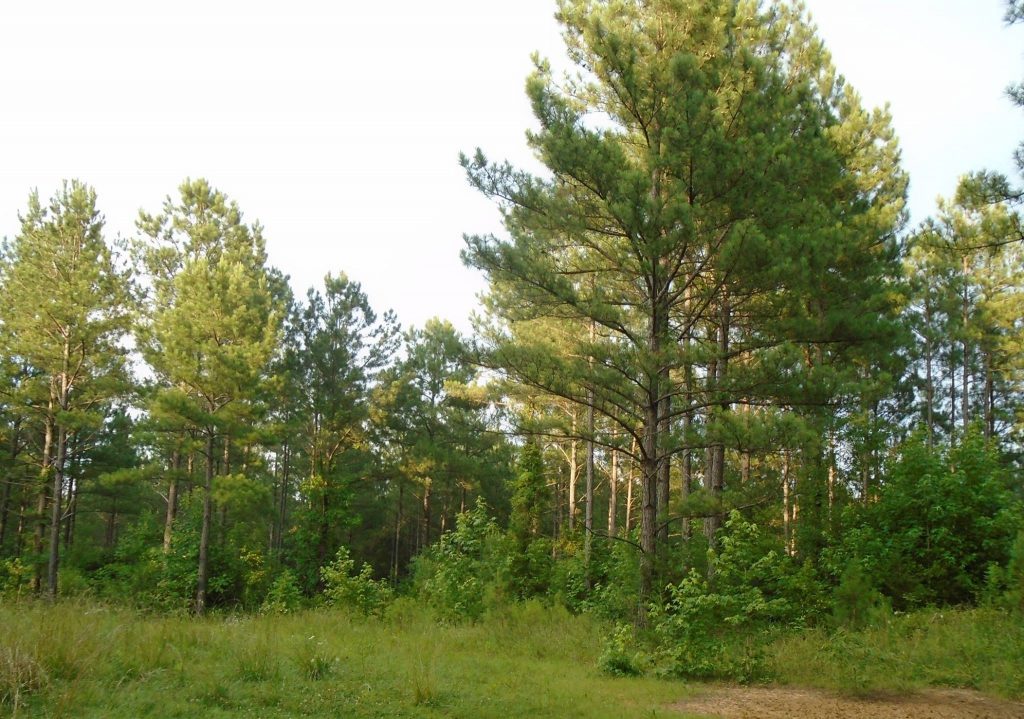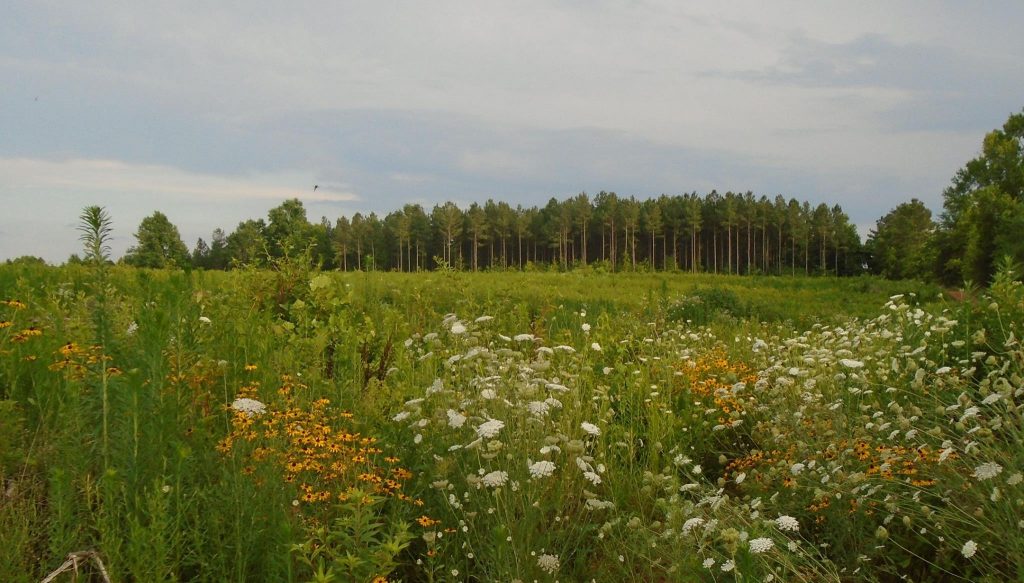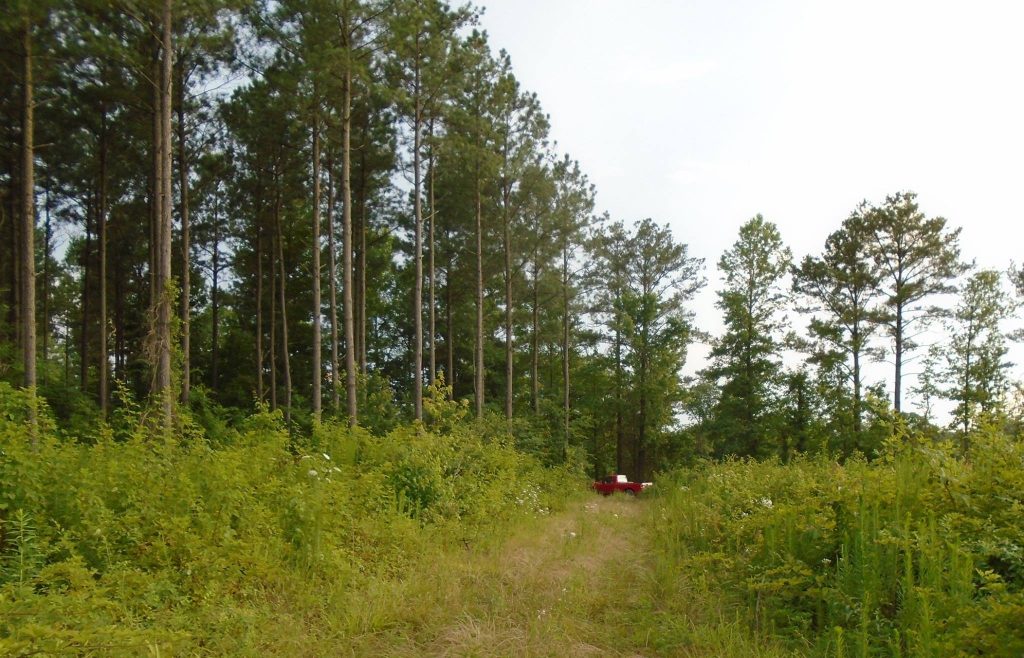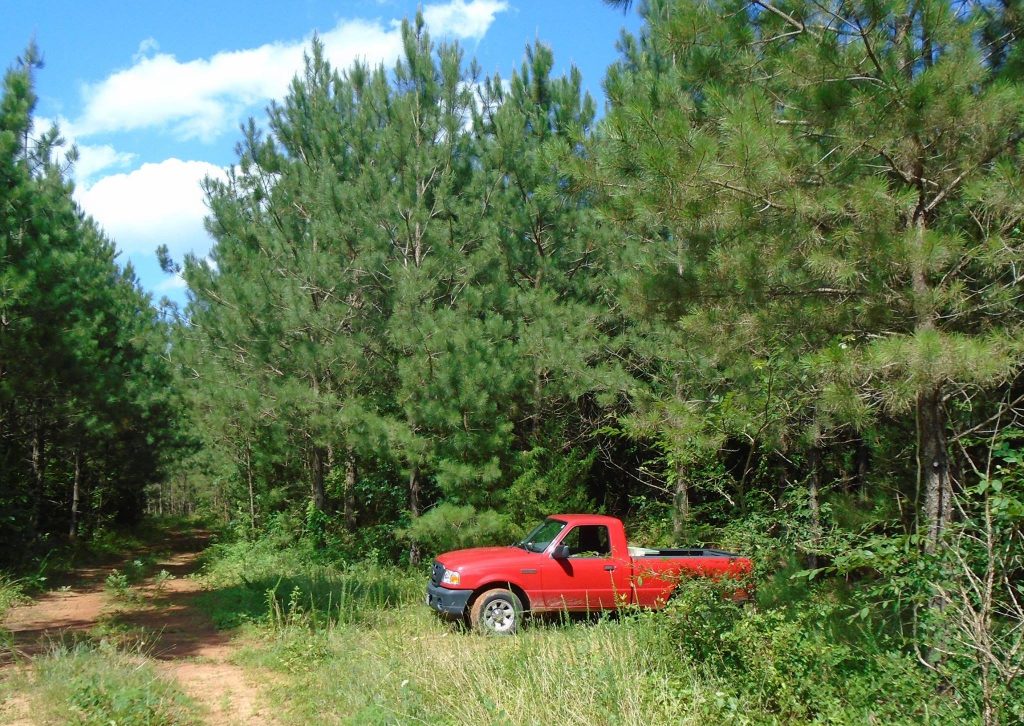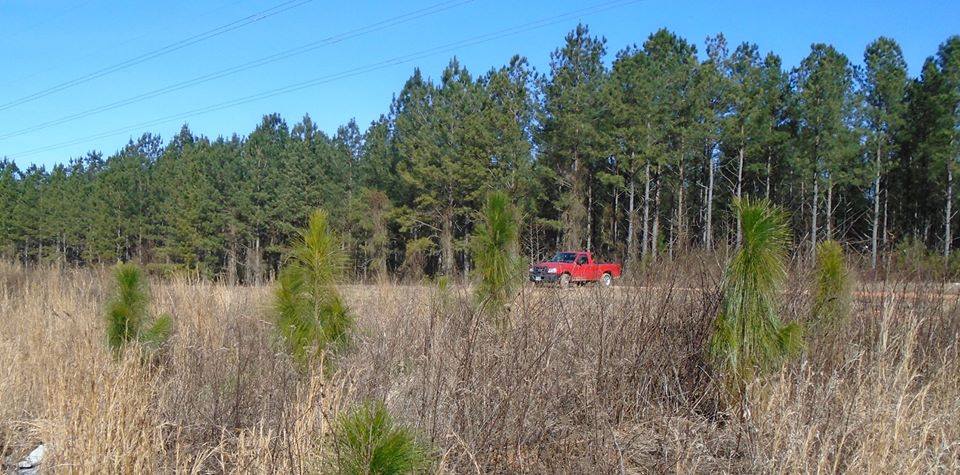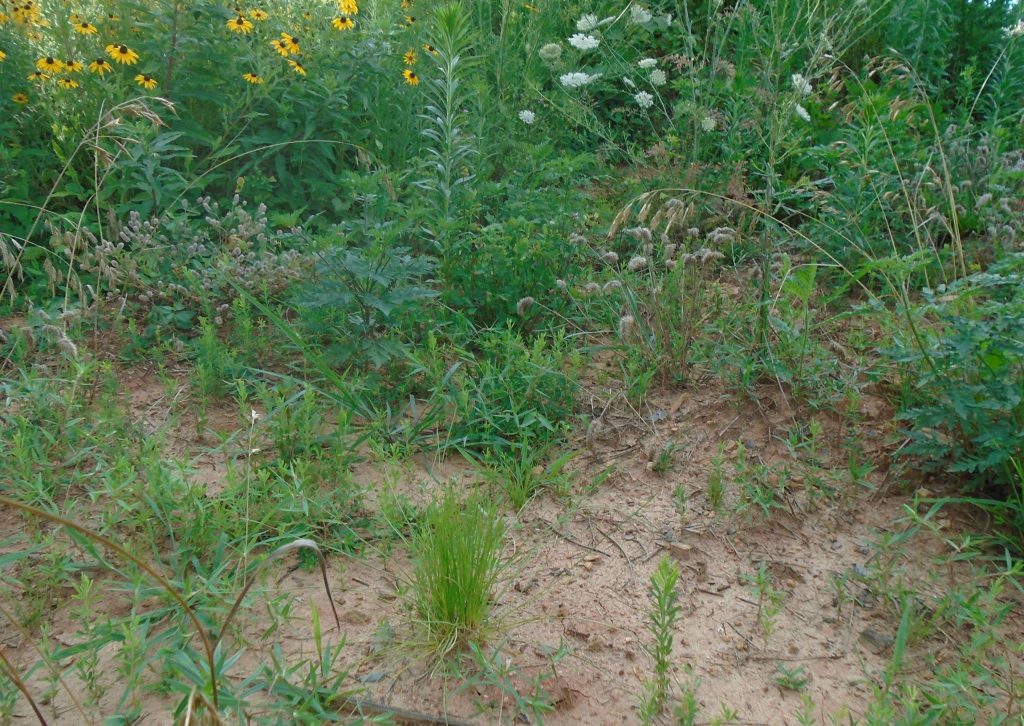Went down to the farms yesterday with my new tool, pictured above. I have been trying to clean out vines that are climbing my 2003 loblolly. I also want to take down some of the runt trees and intrusive hardwoods. There are about 110 acres to clean. Working with my hand tools, even with the help of the boys I would finish this job never. With my new tool, my guess is that I can get the job done in about ten workdays.
The tool works wonderfully under the 2003 pines. I can cut almost as fast as a slow walk. The biggest problem is negotiating the uneven ground, that and keeping track of where I am going. I quickly learned that the best way to get at the runt trees was frontal attack, not the sideways you might use whacking weeds. The best way to get the vines is to go down and let the blade chew into the vines. Some of the vines, especially the wisteria, are pretty thick. You cannot cut the ones actually growing up the tree trucks for fear of harming the tree, but they usually follow the ground for a few feet and you can get at them by going around the tree. You don’t have to attack the whole vine. The weak link is on the ground.
My tool is less useful with the brambles on the longleaf patch. It does cut, but it is maybe not worth it. Brambles can be controlled simply by trampling them. They break off and die back. Of course, they come back, but it is as good as cutting. My technique is primitive but effective. I just lean a big piece of cardboard against the brambles and tread it down. Then I repeat. It takes a while, but it is not very hard work. The longleaf patch is only five acres, so with persistence it can be done. I like to do it. It is quiet and I get to be among the trees. I don’t need to wipe out brambles everywhere, just within about six feet from my longleaf. I have created paths along the longleaf. It really harms the trees if you don’t trample the brambles.
Anyway, I want to get the vine trimming done soon. The vines harm the trees by covering needles, but my bigger concern is fire. This is not a high probability, but it is a concern. A fire on the ground would not hurt my 2003 loblolly and might actually be good. But the vines form a ladder that would take the ground fire to the crowns. It is perfect kindling. Where the vines are thick, they are like a Maypole and they catch falling needles and dry sticks. Anyway, with my cool new tool I can make the cuts. And I think the boys will be eager to help if they can use. it.

